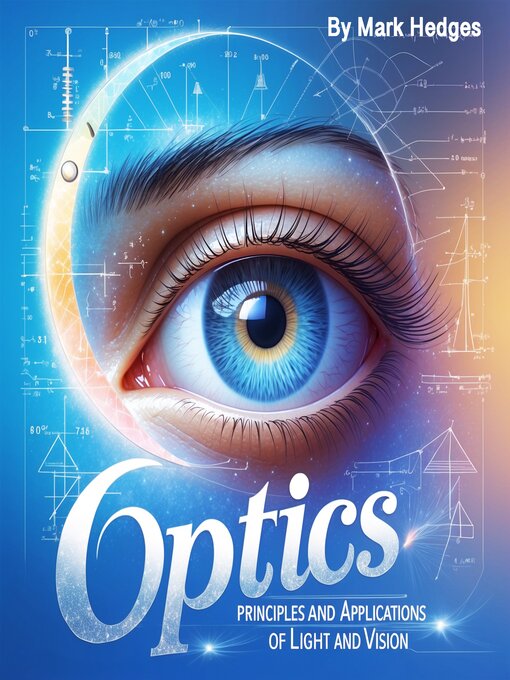Optics is the branch of physics that deals with the study of light and its interaction with matter. It encompasses a wide range of phenomena, including reflection, refraction, diffraction, and the formation of images. Light, as an electromagnetic wave, plays a central role in our everyday lives, enabling us to see the world around us and facilitating numerous technological advancements. The study of optics is essential not only for understanding the behavior of light but also for developing applications in fields such as medicine, telecommunications, photography, and astronomy.
The nature of light has been a subject of fascination and research for centuries. Early thinkers, such as ancient Greek philosophers, speculated about the properties of light and its role in vision. However, it was not until the work of scientists like Isaac Newton and Thomas Young in the 17th and 18th centuries that light began to be studied in a more rigorous and scientific manner. Newton's particle theory of light and Young's double-slit experiment, which demonstrated the wave nature of light, were crucial milestones in the development of optics. These contributions laid the groundwork for the modern understanding of light as an electromagnetic wave, described by Maxwell's equations.
At the heart of optics is the study of how light behaves as it interacts with different materials. This behavior is governed by the fundamental principles of reflection, where light bounces off surfaces, and refraction, where light bends as it passes through different media. These principles are described by laws such as the Law of Reflection and Snell's Law of Refraction. The interaction of light with materials also leads to phenomena such as dispersion, where different colors of light separate due to their varying wavelengths, and absorption, where light energy is transferred to the material, often converting to heat.
